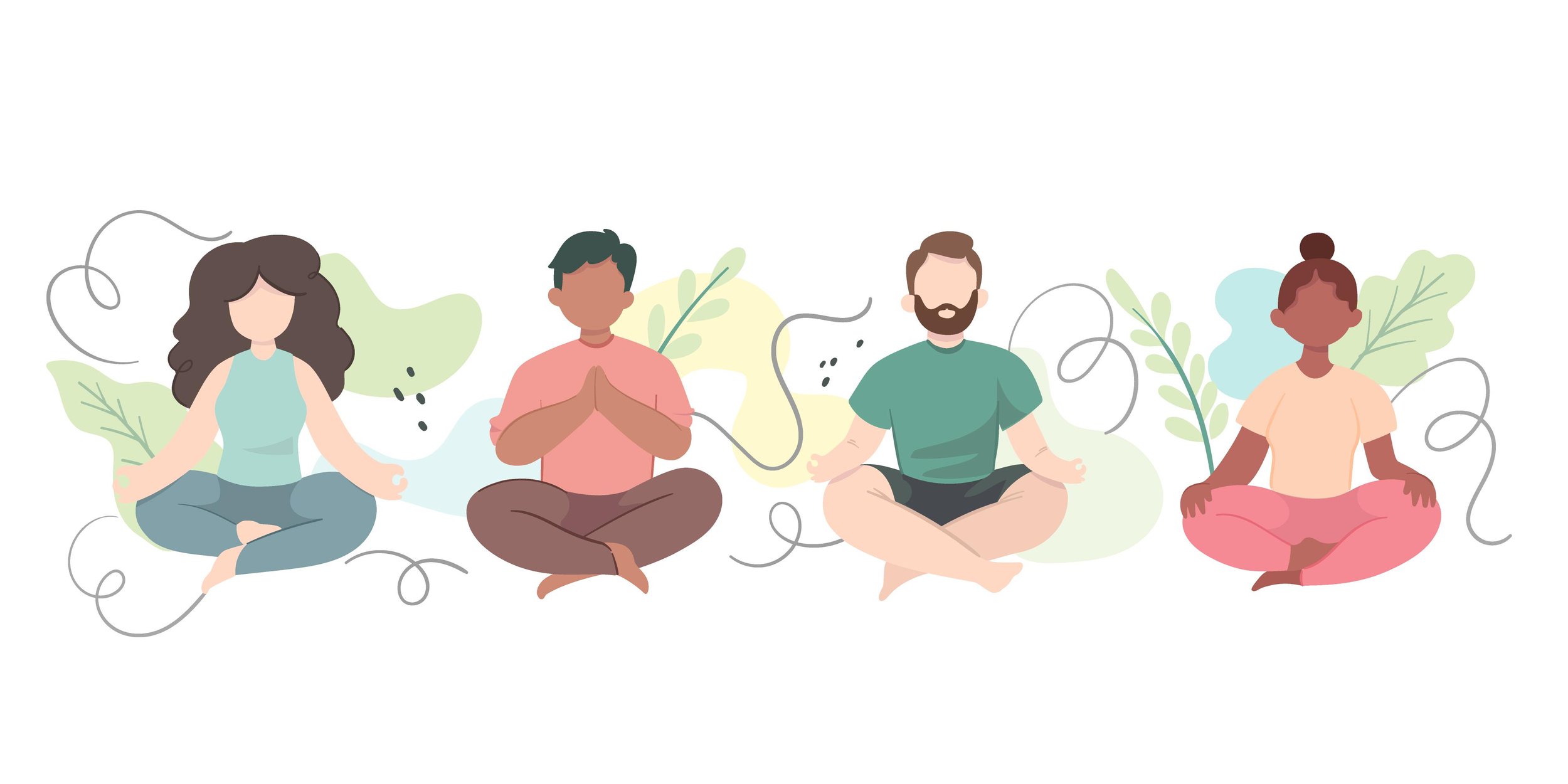Breakups & the Brain: Why Heartache Feels Like Withdrawal
/By Anne Decore, lmft
If you've ever felt like a breakup knocked the wind out of you—physically, emotionally, and mentally—you're not imagining it. Neuroscience shows that romantic love, especially in its intense stages, activates the same brain pathways as addiction. So when a relationship ends, our brains can go into a kind of withdrawal, eerily similar to what someone might experience coming off a drug.
Love as a Neurochemical High
Studies using fMRI brain scans, such as those by Dr. Helen Fisher at Rutgers University, have found that romantic love activates the brain's reward system—especially areas rich in dopamine, like the ventral tegmental area (VTA) and nucleus accumbens. These are the same regions that light up in response to substances like cocaine or nicotine.
When love is lost, those same brain circuits crash. In a 2010 study published in the Journal of Neurophysiology, Fisher and her colleagues found that people who had recently been dumped showed increased activity in areas of the brain associated with craving and addiction. The brain keeps expecting another “hit” of the loved one, even when they're gone.
Why It Hurts So Much
Beyond dopamine, other neurochemicals like oxytocin (the bonding hormone) and vasopressin are also involved in forming deep attachments. When these are suddenly absent, the brain’s equilibrium is disrupted. This can lead to physical symptoms—insomnia, loss of appetite, anxiety—and a strong urge to reconnect, even when the relationship was unhealthy.
In short: your brain is not just being dramatic. It’s going through something real. Knowing this can help us normalize the depth of distress after a breakup—and plan for recovery with intention. Here are a few therapist-recommended strategies to support your brain during a breakup.
1. Practice Dopamine Hygiene
Engage in activities that naturally boost dopamine: physical movement, especially cardio; small creative tasks; sunlight; and connection with safe people. Avoid excessive scrolling, substances, or other "quick fix" behaviors that may worsen the crash long-term.
2. Lean on Routines
Structure and routine are grounding to a dysregulated brain. Eat nourishing meals, hydrate, sleep consistently, and create rhythms to your day—even when you don't feel like it.
3. Limit Contact (Even Digitally)
Staying in contact with an ex—through texting, social media, or even old photos—can prolong the withdrawal cycle. Creating distance allows the brain to begin rewiring and rebalancing.
4. Reach for Co-Regulation
We are wired to heal in connection. Spend time with friends who can tolerate your grief without needing to fix it. Even gentle presence—watching a movie together or going for a walk—helps calm the nervous system.
5. Name the Process
Clients often feel ashamed of how "obsessed" or "irrational" they feel. But once we understand that the brain is going through a form of withdrawal, we can offer ourselves more compassion. Labeling it as such can reduce shame and increase agency.
Bottom line? Breakup pain is not a weakness—it’s a neurochemical process. With care, patience, and good support, the brain can heal. And in time, it can even love again.
If you're navigating the emotional aftermath of a breakup, therapy can offer a space to understand your brain and heart—and support both in healing.





















